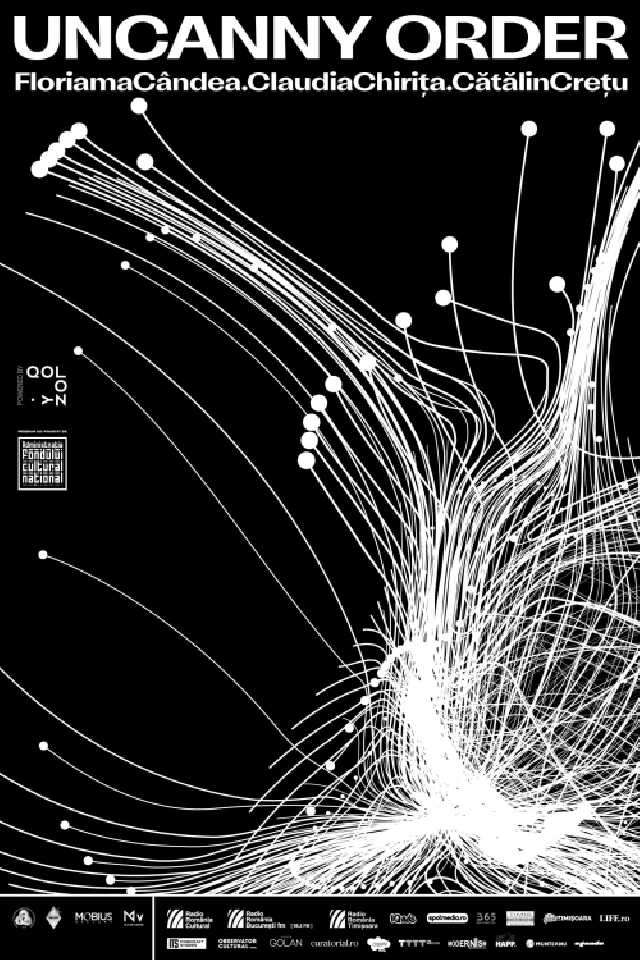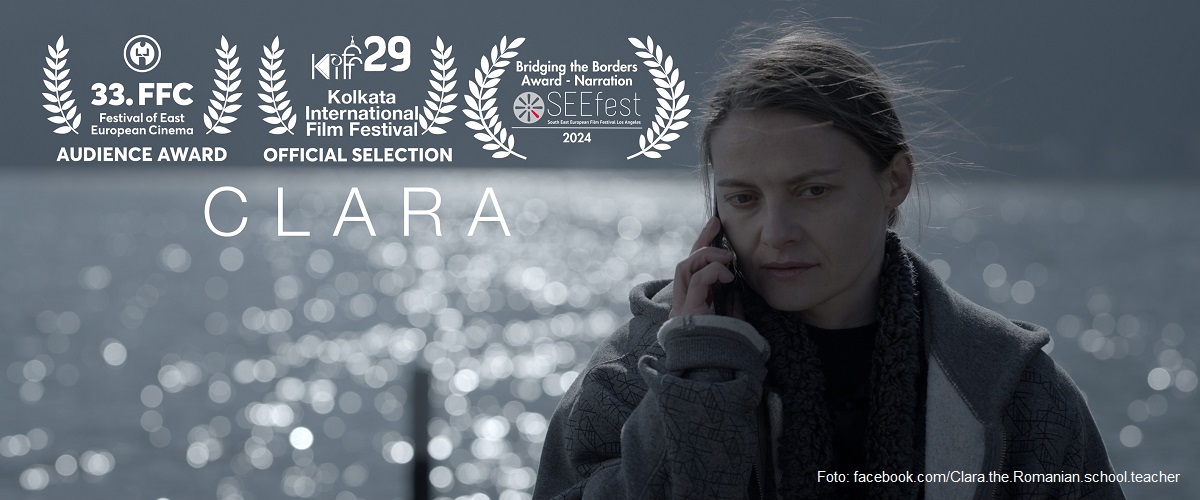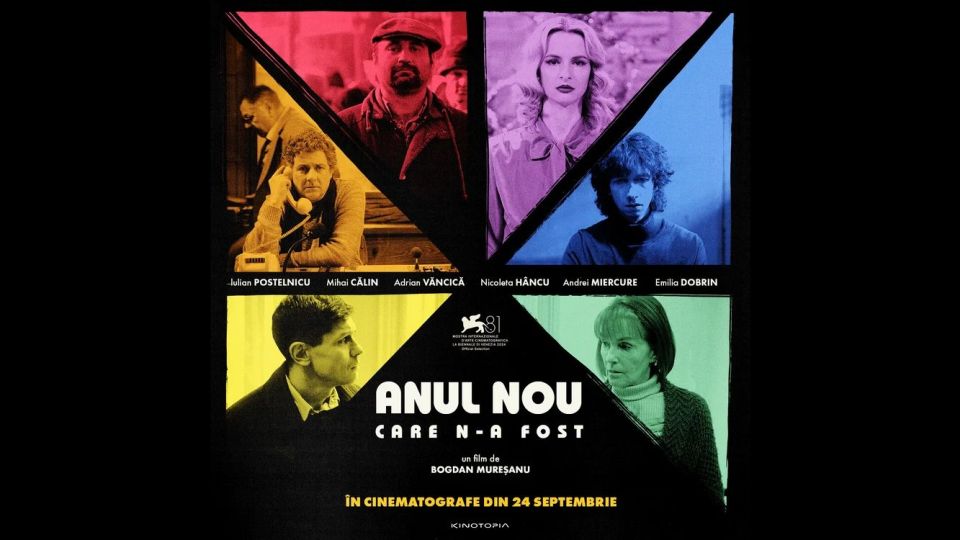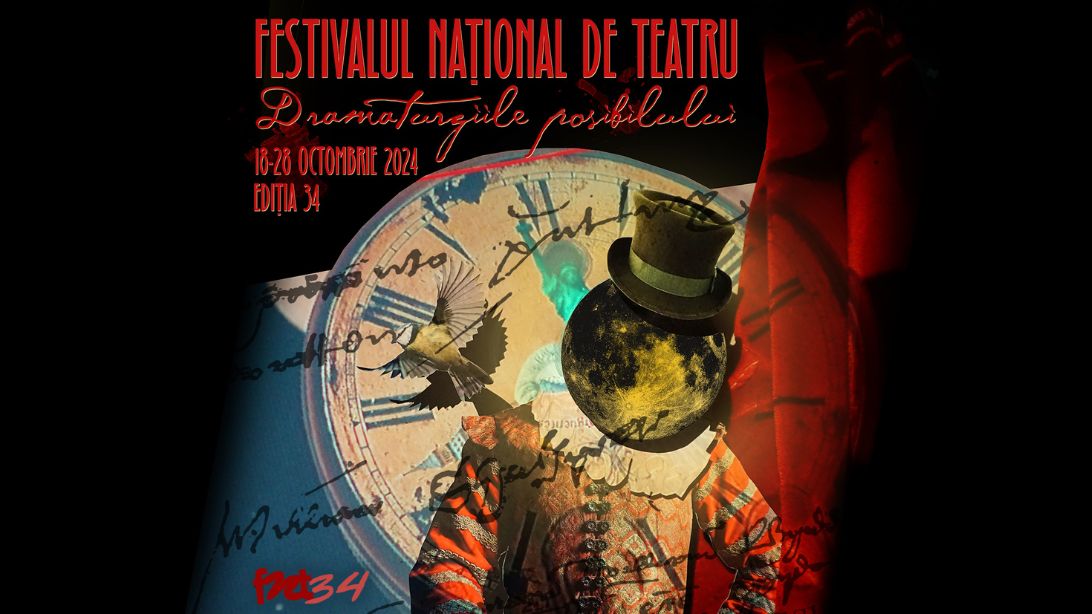Uncanny Order Project
Uncanny Order is the latest research and production project run by the Qolony Association

România Internațional, 08.07.2023, 14:00
Uncanny Order, the latest research and production project run by the Qolony Association has a leitmotif: the strange order that is spontaneously installed and which we call synchronicity. The Qolony Association, the Colony for arts and science is a cultural association that works as a catalyst for a community of different professionals and disciplines, from contemporary artists, scientific researchers specialists in various technologies, united by the passion for interdisciplinary practices and the creativity they generate. The projects run by the association are aimed at stressing the importance of collaborative practices for boosting creativity and personal development, and for the current welfare of society. The Association’s cultural PR Anca Spiridon told us more about this project.
Our initiative starts from the chaos theory. Chaos is often described as being random, but it is however subject to some mathematical rules that derive from equations. And synchronicity is exactly the nature’s organic tendency to organize itself, to put itself in order, despite the apparent chaos that we perceive. And when we speak of this synchronicity in nature, we can think of the cells in our hearts, of the flocks of birds that fly synchronously, in a direction known only to them, or social collective behaviors. And the idea of the Uncanny Order is to create a series of interactive installations that use as a source of inspiration, functioning principles, these sets of data associated with the mathematical models of the chaos theory, which create synchronicity. The interior design of the matter, the formation of the clouds and waves, but also visible representations such as computerized graphics, generative image or generative sound. The installation will be open for the public between the 16 and the 30 of June at the MV SciArt Center in Timisoara, and in July it will be hosted by the Mobious Gallery in Bucharest.
Who is participating in this project? Who are the artists and researchers involved in the implementation of UncannyOrder. Anca Spiridon has the details:
The three artists participating in the UncannyOrder project are Floriana Cândea, Claudia Chiriță and Cătălin Crețu. Floriana Cândea is an artist interested in using and experimenting new media, even live biological tissues and cultures, as artistic support, but also alternative photographic techniques, altered macro photographs, visual classification schemes and of course scientific tools that can be converted into artistic practices, chemical processes, biocompatible materials and so on. Claudia Chirita is a lecturer and researcher in mathematical logic and artificial intelligence at the Mathematics and Informatics Faculty of Bucharest University. Also, for 15 years, she’s been a graphic artist and illustrator, and the themes she likes to approach are security and confidentiality, digital surveillance and ad hoc collaboration, in order to examine the relation with the socialist heritage or to retell stories of regular lives in antiquity. Catalin Cretu has a double specialization. He is an electromechanical engineer, but he is also a musician, covering a wide range of works belonging to different genres, from chamber and choral music, to symphonic opuses, electronic music, installations, interactive multimedia works and he is also a scientific researcher with the Electroacoustic Music and Multimedia Center. He is a professor at the National Music University in Bucharest and also the executive manager of the InnerSound New Arts Festival. The project also entails research and IT work, so part of it, besides the artists I have mentioned before, are also the programmer Cristian Balas and researchers Marian Zamfirescu and Ionut Andrei Relu. They are with us because the chaos theory has multiple applications that the larger audience is not that familiarized with. But these applications are the foundation of technology, the technologies that we interact with on a regular basis. It’s the interface between people and computers or the digital environment, and in this way is much easier for us to show the public how synchronicity can be demonstrated with the help of technology.
Anca Spiridon also told us how the project started and what these interactive installations aimed to do.
It all started with the chaos theory, this science of nonlinear dynamic systems which, we people, normally understand as a deterministic theory with a logic based on paradox and recursion. Chaos, as I was saying earlier, describes complex structures and principles from the natural world and, although it is described as being random, chaos does have and is subject to extraordinarily strict mathematical rules. So, we interpret chaos as being very ordered, very organized, and with the installations that we make as part of this project we want to show the larger audience not just this structure, but to give them the opportunity to interact with this structure. In brief, the UncannyOrder installations are aimed at exploring some mathematical models of the dynamic systems that these natural, biological and physical phenomena are based on. These artistic installations are interactive and they will guide the public towards a set of interactions with objects that recreate instances of synchronicity. It can be music and how it is formed, or the rhythm of the heart, or generative images; the idea is that the public will be able to interact with the installations presented in this exhibition and will be able to affect these structures that organize chaos, the order that structures it.
In the end of our talk, Anca Spiridon also said:
There have been very polarizing talks about this idea of man vs the machine, so the idea that our installations are meant to convey to the UncannyOrder public is that we are talking about the man by the side of the machine, together with the artificial intelligence, so not an antithesis man vs the machine. (MI)






























